Our Book Binding Methods Explained
If you’re publishing, or self-publishing a book, or creating another multiple page document such as a company report or catalogue, an important factor to think about is the type of binding you’ll use.
Deciding on which book binding method is most effective and appropriate for your book is not always straightforward. The content, purpose, and style of your book will be key considerations, but there are other important factors as well. These include the number of pages your document contains, how many copies you plan to print, and the overall look and feel you’re aiming to achieve.
Below we take a look at all the book binding methods we can provide, but other custom techniques are available so please speak with our team if you need more assistance.
Perfect Binding
Perfect binding is a popular binding method, especially suited to paperback books. It involves binding individual sheets together by applying a strong yet flexible adhesive to the spine.
One of the standout features of perfect binding is the clearly defined, squared-off spine. This spine provides ample space for prominently displaying the book’s title, author name, and even additional branding or design elements, greatly enhancing visibility on bookshelves
Due to each page being glued individually along the spine, the book becomes more durable compared to other binding options. It’s an attractive and cost effective method for producing a wide variety of printed books, including novels, magazines, catalogues, annual reports, and photo books.
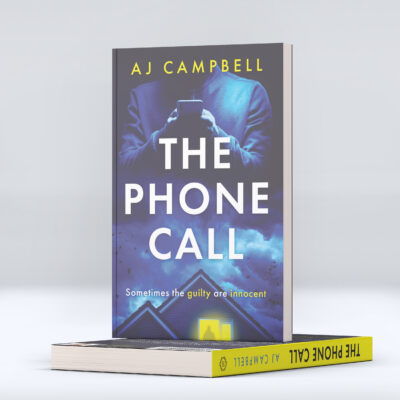
Case Bound
Case bound books, often referred to as hardcover or hardback books, is a premium binding method. It involves stitching or securely gluing pages together before encasing them in a sturdy, rigid cover, typically made from durable materials like thick cardboard wrapped in cloth, paper, or leather. The result is an exceptionally robust and professional finish that feels fantastic in hand and enhances to perceived value or prestige of the publication.
This durable book binding method is ideal for books that will endure frequent use, such as reference books, coffee table books, commemorative volumes, or limited edition prints. The solid spine and rigid cover offer excellent visibility and ample space for custom cover designs, including foil stamping and embossing.
Case bound services are typically more expensive but is sure to leave a lasting impression.
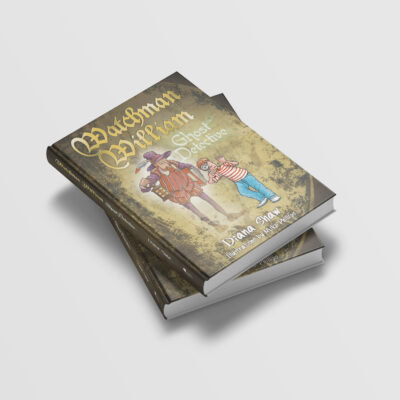
Spiral Bound Books
A binding consisting of a cylindrical spiral plastic that is passed through a row of punched holes at the edge of a notebook or booklet, and will open completely flat on a desk and allow for 360 degree rotation of bound pages.
Spiral-bound book printing, often known as coil binding, offers a binding technique that is ideal for documents needing regular use or frequent reference. Pages are punched along one edge with a row of evenly spaced holes, through which a cylindrical plastic spiral coil is threaded. This allows the finished document to open fully flat, making it particularly suitable for workbooks, manuals, recipe books, training guides, calendars, or notebooks that require easy readability and hands free access.
Spiral binding allows for full 360-degree rotation of the pages, allowing the book to be completely folded back on itself. This feature is ideal where space is limited, such as classrooms, workshops, kitchens, and offices. It’s a popular binding choice among students, teachers, businesses, and independent authors who want a user friendly document without breaking the bank or adding excessive weight.

Wire Bound Books
Wiro binding, often referred to as wire-o binding, is a practical, cost-effective and professional method for binding documents. It involves threading a sturdy metal wire, shaped into a series of double-looped rings, through neatly punched holes along the document’s edge.
It allows for the pages to be opened completely flat, ensuring easy reading and quick note taking. It’s usually used on business reports, user manuals, presentations, training guides, planners, diaries, and sketchbooks.
Books can be opened a full 360 degrees. Ideal for use in classrooms, meetings, and presentations where desk space might be limited. The metal rings used in wiro binding provide added strength, ensuring documents remain secure even with frequent handling and prolonged use.
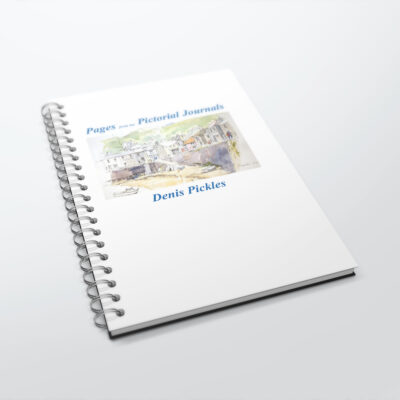
Saddle Stitched Booklets
Saddle Stitching refers to a very popular book binding method in which folded sheets are gathered together one inside the other and then stapled through the fold line with wire staples. Available as square back as well as standard.
This book binding technique is cheaper, faster, and easier for printers to perform and is therefore ideal for shorter publications such as programmes, catalogues, booklets, and brochures, but not so practical for larger publications.
Saddle stitching is a simple and common booklet binding method, ideal for shorter documents and quick turnarounds. It involves gathering folded sheets of paper, inserting them one inside the other, and securely fastening them along the fold line with durable wire staples.
It’s especially suitable for booklets like event programmes, product catalogues, promotional brochures and newsletters. The straightforward production process keeps costs down and turnaround times fast, making it particularly attractive for smaller businesses, events, or projects with tight deadlines.
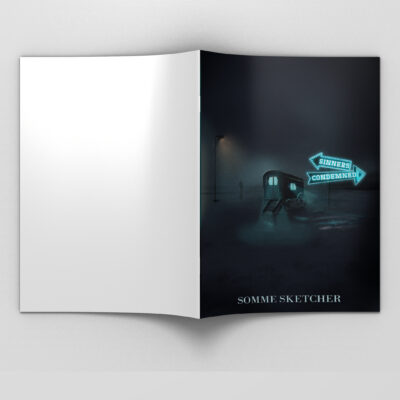
Sprayed / Printed Edges Now Available
Sprayed or printed edges are a striking finishing option that can give any book a distinctive appearance. This technique involves applying colour to the outer edges of the pages. This can create solid colours to patterns, gradients, or even custom designs, sprayed edges can transform an ordinary book into something much more memorable.
This finish is often used to add a luxurious feel to a book, making it perfect for special editions, limited runs, or books aimed at a design conscious audience. This option is particularly popular for art books, gift editions, and where extra branding is required, when presentation plays a key role in the reader’s experience.
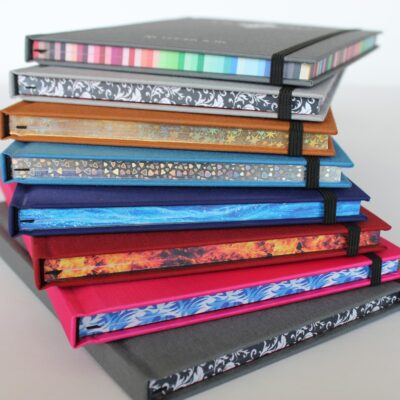
Need More Assistance?

Text File Preparation Guide
For those looking to produce print ready files yourself. Learn how to produce a print ready PDF for book printing.

Book Writing Word Templates
We've created a series of book writing templates for Microsoft Word. Select the right one to fit your book size.

ISBN Explained
Learn everything you need to know about ISBNs and how to get one.



